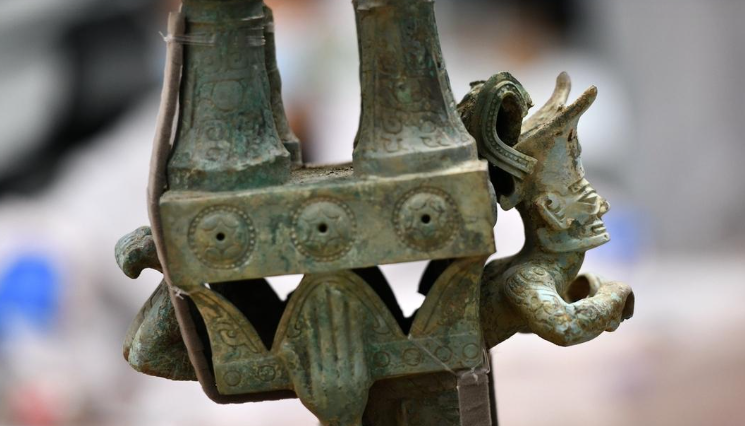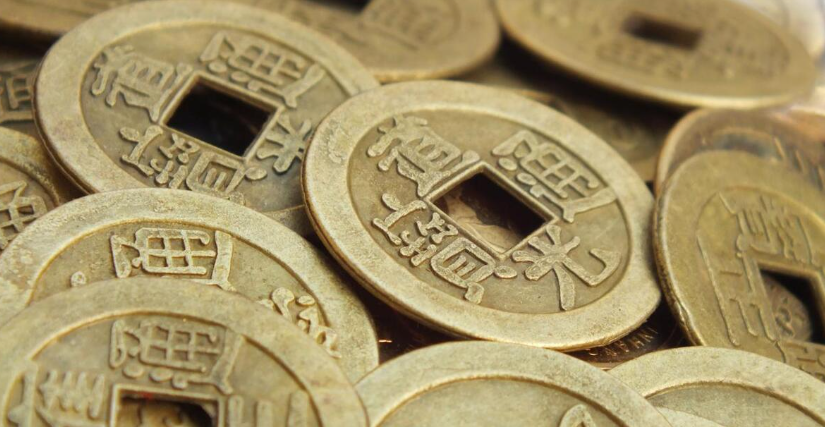The Dawn of Metal: Humanity’s First Encounter with Copper
From the earliest days of human history, nature has been both our greatest ally and fiercest opponent. In the beginning, our ancestors were barehanded, gradually progressing to wooden tools, then stone, and eventually metal. Copper was the first metal humanity ever used, primarily because it exists in its native form and is easy to shape.
Archaeologists have discovered a copper awl in Turkey dating back to 9000 BCE, making it the oldest known metal artifact. Early copper tools, crafted from naturally occurring pure copper, were brittle yet functional. They were primarily used for three key purposes:
- Weapons – Copper spears and axes played a role in both hunting and tribal warfare.
- Tools – Copper knives and chisels aided in cutting and digging.
- Vessels – Copper cups and jars were used for storage and everyday use.
The Bronze Age: A Game-Changer for Civilization
As metalworking advanced, humanity entered the Bronze Age around 3300 BCE by alloying copper with tin (or sometimes lead) to create bronze. This revolutionary material was harder, more durable, and had a lower melting point, profoundly altering human civilization.

China led the world in bronze craftsmanship, with its early Bronze Age emerging during the Xia Dynasty. During the Shang and Zhou dynasties, bronze reached its peak, used extensively in rituals, warfare, and aristocratic ceremonies. The development of bronze ritual vessels, deadly halberds, and chariot fittings showcased the height of ancient Chinese metallurgy.
However, as ironworking emerged, starting in the Spring and Autumn period (770-476 BCE), iron tools and weapons gradually replaced bronze due to their superior strength. Yet copper remained invaluable in economic and cultural contexts, particularly in coinage and art.

Copper’s Modern Rebirth: The All-Purpose Metal
Fast forward to today, and copper is experiencing a resurgence. Dubbed the “all-purpose metal,” it boasts superior conductivity, heat resistance, and corrosion resistance, making it indispensable in modern industries.

Why Is Copper King in the Industrial World?
- Electrical Industry: Copper dominates, with 60% of global copper consumption dedicated to electrical wiring and components. Over 20 million tons of copper are used annually in this sector.
- Construction: Copper pipes and heating systems are widely used due to their longevity and resistance to corrosion.
- Manufacturing: Copper gears, bearings, and mechanical parts are essential due to their strength and durability.
The High-Tech Age: Copper Powers the Future
The real revolution for copper is happening in cutting-edge technologies:
- Electric Vehicles (EVs): Each EV contains around 80 kg of copper, used in motors, batteries, and charging infrastructure.
- Renewable Energy: Copper is vital for solar panels and wind turbines.
- Smart Technology: Chips, sensors, and electronics all rely on copper.
As these industries grow, copper’s demand will only rise, solidifying its role as a cornerstone of future technology.
How Much Copper Do We Have Left?
Copper isn’t limitless, but global reserves are substantial. The world has about 890 million tons of economically minable copper, concentrated in a few key countries:
| Rank | Country | Copper Reserves (Million Tons) | Global Share |
|---|---|---|---|
| 1 | Chile | 215 | 25% |
| 2 | Australia | 100 | 11% |
| 3 | Peru | 83 | 9% |
| 4 | Russia | 62 | 7% |
| 5 | Mexico | 58 | 6% |
| 6 | USA | 45 | 5% |
| 7 | China | 31 | 3.5% |
| 8 | DRC | 28 | 3% |
Copper Wars: The U.S.-China Rivalry
As demand surges, copper has become a strategic resource. Since 2025, the U.S. has drastically increased copper imports due to three major factors:
- Manufacturing Resurgence – The U.S. aims to revitalize domestic production and shift toward green energy.
- Infrastructure Overhaul – Investments in power grids and transportation require immense copper supplies.
- Strategic Reserves – Anticipating future shortages, the U.S. is stockpiling copper.
Meanwhile, China is the world’s largest copper consumer, using nearly 20% of the global supply. However, its self-sufficiency rate is below 15%, making overseas mining investments and material recycling crucial for China’s economic stability.
Conclusion: The Future of Copper
Copper, once a prehistoric tool, is now a critical driver of the modern world. From ancient battlefields to electric vehicle factories, it has shaped human progress at every turn. Looking ahead, as global economies transition to green energy and digitalization, copper will only become more valuable. Ensuring sustainable copper mining, recycling, and alternative materials will be the key challenges of the 21st century.

No comments yet.